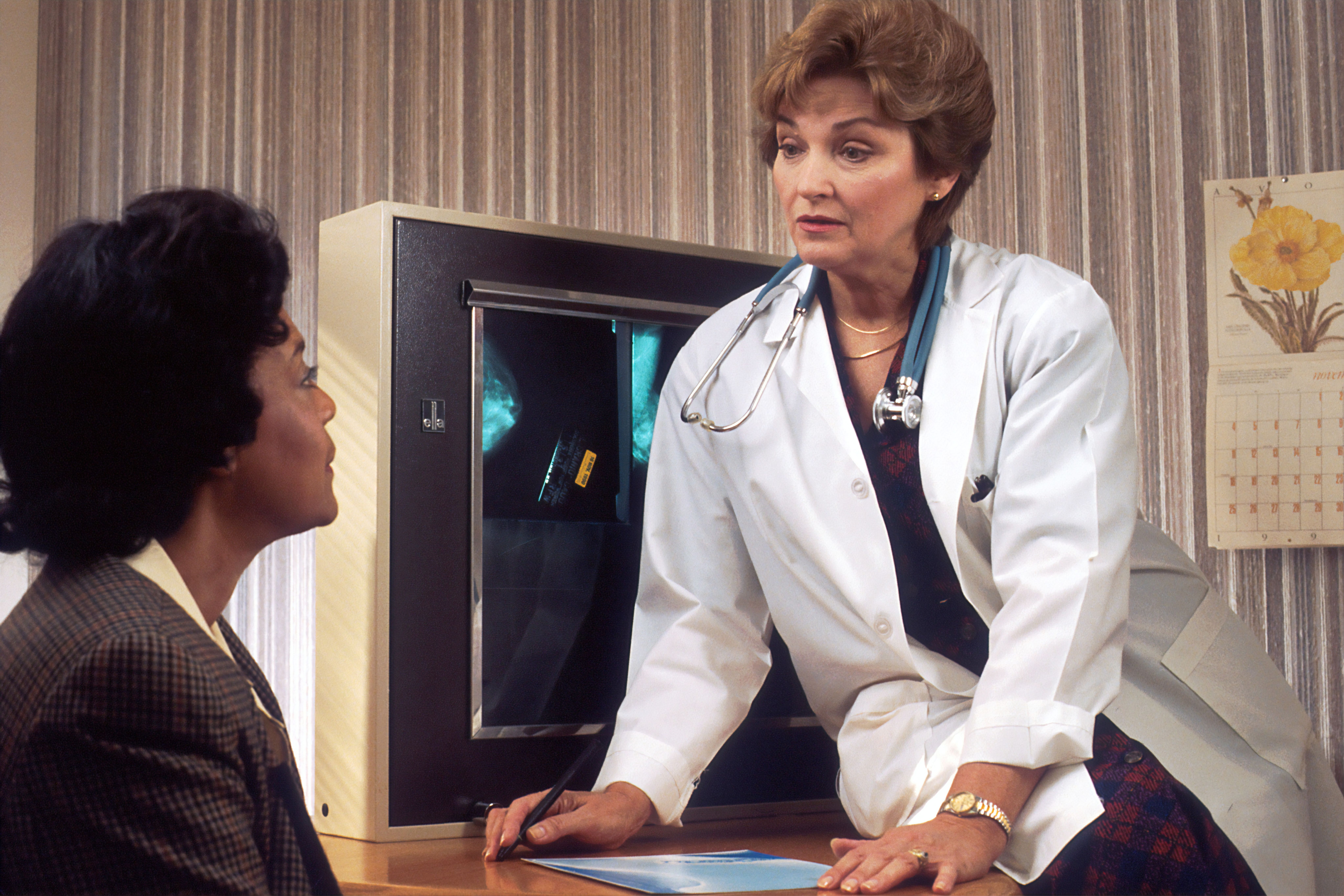RT 106 Leads to Poor Clinical Outcomes for C Difficile Patients
CDI patients in the RT 014-020 subgroup had better clinical outcomes.

The specific strain of the Clostridioides difficile infection (CDI) could forecast the odds of a poor clinical outcome.
A team, led by Masaad Saeed Almutairi, Department of Pharmacy Practice and Translational Research, University of Houston College of Pharmacy, investigated clinical outcomes following ribotype (RT) 106 C difficile infections compared to 2 other endemic strains of varying virulence.
While researchers can identify emerging C difficile strains, they rarely analyze how clinical outcomes are impacted by the different strains. RT 106 is 1 of the more commonly isolated strains of C difficile worldwide. However, studies exploring the clinical outcomes associated with this strain are limited.
The Study
In the multicenter study, the investigators examined 396 adult patients hospitalized with CDI. The team conducted PCR ribotyping on C difficile samples compared patients infected with RT 106 (32.3%) with patients infected with RT 027 (29.3%), a known hypervirulent strain or RT 014-020 (38.3%), a strain associated with less virulence.
The investigators sought primary outcomes of poor clinical outcomes, defined as the composite of initial clinical failure, discharge to a higher level of care, 90-day CDI recurrence, and CDI-contributable mortality. The primary outcomes were assessed by blinded investigators who reviewed electronic medical records.
Outcomes
Patients infected with RT 014-020 generally had better results than the other 2 groups. This patient group experienced a poor clinical outcome 40% of the time, compared to RT 106 where 56% of patients had a poor clinical outcome and 65% of patients with the RT 027 infection had a poor clinical outcome (P <0.0001).
The investigators also controlled for covariates with RT 014-020 as a comparator and found patients infected with RT 106 (OR, 2.25; 95% CI, 1.36–3.73) or RT 027 (OR, 2.56; 95% CI, 1.52–4.31) had higher odds of poor clinical outcome.
After using RT 027 as the comparator, RT 014-20 had lower odds of poor clinical outcomes (OR, 0.42; 95% CI, 0.27-0.65), but not RT 106.
“This study demonstrated that the emergent C. difficile RT 106 was associated with increased rates of poor clinical outcomes compared to RT 014–020 and comparable poor clinical outcomes to RT 027,” the authors wrote. “These findings can help to better understand the clinical significance of this and future emerging ribotypes.”
C Difficile Risk Factors
Earlier this year, investigators identified a handful of biomarkers and clinical characteristics can help clinicians identify high risk individuals for CDI, including carbapenem treatment (HR, 5.3; 95% CI, 1.7-16.6), toxigenic C. difficile rectal carriage (HR, 10.3; 95% CI, 3.2-33.1), high intestinal abundance of Enterococcus spp. relative to Ruminococcus spp. (HR, 5.4; 95% CI, 2.1-18.7), and low Shannon alpha diversity index as determined by 16 S rRNA gene profiling (HR, 9.7; 95% CI, 3.2-29.7).
However, normalized urinary 3-indoxyl sulfate levels did not predict an increased C difficile infection risk.
A total of 135 participants reported 176 antibiotic-associated diarrhea (AAD) episodes, of which 114 episodes in 100 participants occurred within 28 days, while the cumulative incidence of AAD within 28 and 90 days was 10.5% (95% CI, 8.6–12.5) and 14.6% (95% CI, 12.4–17.0), respectively.
The study, “Comparative clinical outcomes evaluation of hospitalized patients infected with Clostridioides difficile ribotype 106 vs. other toxigenic strains,” was published online in Anaerobe.